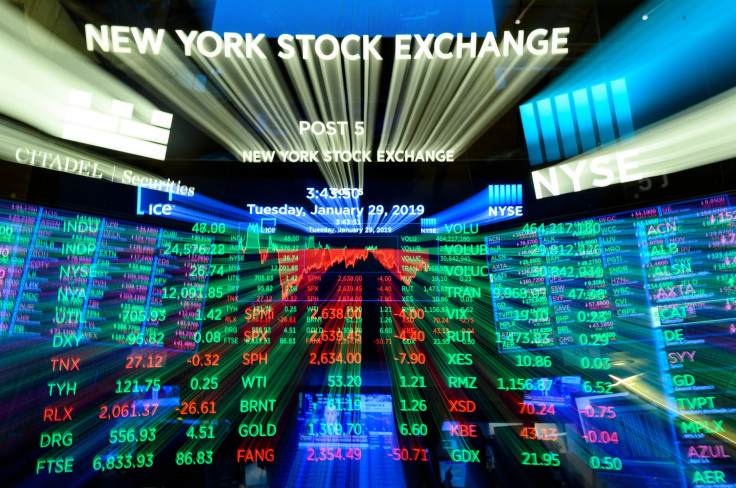Higher Start Likely For US Markets; Oil Jumps On OPEC Cuts

A slightly better forward movement of U.S. stock index futures indicates a higher start to the U.S. stocks trading session Thursday.
There is cheer in the air from the decision of Federal Reserve in not hiking interest rates at the meeting held Wednesday.
At 3:30 a.m. EST, Dow futures were up 26 points, implying a higher opening by 19.14 points. It was further underscored by the S&P 500 and Nasdaq futures.
Earnings from General Electric, Mastercard, UPS, Blackstone, Hershey, Sprint, Amazon and Yum China are also awaited.
Thursday was a good day for European stocks. They edged up after the signal from Fed that no rate hikes were in the offing. The pan-European Stoxx 600 shot up by 0.3 percent, with most of the sectors staying in the positive territory.
Mixed trends from top Asian stocks were noticed Thursday. The dampener was the official China data showing the Asian giant’s economy had shrunk for the second consecutive month in January.
The mainland Chinese markets had mixed trading. While the Shanghai composite moved 0.35 percent to 2,584.57, the Shenzhen composite slipped 0.698 percent to 1,274.74.
A clear gain was evident at Hong Kong's Hang Seng index that earned about 1 percent in the final hour of trading.
Oil Up
Oil prices stayed high for a third day Thursday, impacted by lower imports of Saudi oil to the United States.
The U.S. West Texas Intermediate (WTI) crude futures were at $54.58 per barrel at 0249 GMT, up by 0.7 percent from last settlement. On Wednesday, the WTI closed at a high and gained 1.7 percent at $54.93 a barrel as prices zoomed to their highest since November.
International Brent crude oil futures jumped 52 cents or 0.8 percent, and per barrel price was $62.17. The price rise came after reports that the new data from the U.S. Energy Information Administration (EIA) showed a substantial drop in Saudi crude supply to the U.S.
The weekly EIA report showed that U.S. imports from Saudi Arabia had fell more than half from the previous week to 442,000 barrels per day, noted the ANZ bank.
© Copyright IBTimes 2024. All rights reserved.





















